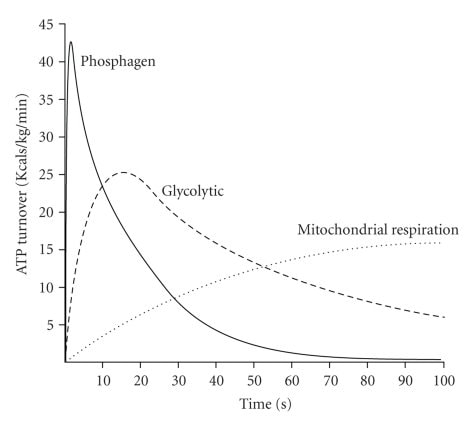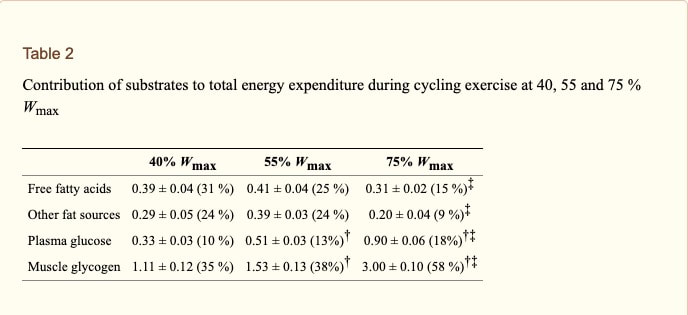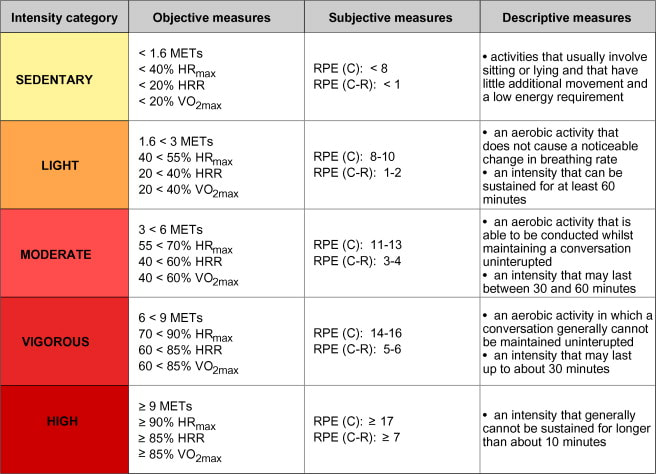|
SEARCH My Blog (Opens in new tab)
How slow is slow, and is the fat-burning zone even true?We've all heard about the "fat-burning zone" and that we should exercise aerobically at low intensity to burn the most fat. I've always been sceptical about this advice, so I dug into the science. Does the science support this advice, and what is low intensity anyway? You burn fat ideally while running at a pace where you would be able to maintain a full conversation. That's when fat becomes your primary source of fuel. According to experts, this should be a pace that you would theoretically be able to maintain for up to 8 hours, i.e. slow! - How To Burn More Fat While Running Let's unpack that advice and fact-checkHere are the key "levers" which Runtastic says that we need to pull in order to burn more fat:
#1 - A pace where you would be able to maintain a full conversationUsing a Rating of Perceived Exertion (RPE) - this case, the talk test - we can determine the level of effort at which we can maintain a full conversation. According to the talk test, if you can speak comfortably when exercising, then you're at low intensity - below Level 5 on a scale of 1 to 10. (If you can't speak comfortably you're at or above a Level 5.) The talk test uses a score of 10 as the equivalent of 100% exertion. This "100% exertion" can be considered equivalent your VO2max or your maximum wattage output on a cycle or a rowing machine. Therefore, running at a level below 5 means exertion at 40% or less of your VO2max. How to calculate your VO2max without a lab You can calculate your VO2max by using the 12 minute Cooper Test. The Cooper Test has the most positive correlation with laboratory-controlled direct VOmax measurement as compared to other non-controlled predictive tests. Firstly, measure how far you can run in 12 minutes and use this equation:
Now, we need to know how fast to run at 55% of your calculated VO2max. I will use me as an example, so that this becomes more concrete:
So far, so good. Running at 6:40/km is easily done, or almost too hard because it is hard to run that slowly. #2 - The pace at which your fat becomes the primary source of fuelAt a 55% VO2max fat is your primary source of fuel. Fat remains your primary source of fuel from around one minute after the start of exercise, when "mitochondrial respiration" takes over from the fast short-term energy systems. If you remain at or below 55% of your VO2max then fat will be used for at least 49% of your energy burn. This rises to 55% if you slow to 40% of your VO2max. If you run faster, when you hit 75% of your VO2 max fat is only contributing 24% of your energy burn, with 76% from carbs. #3 - Able to maintain such a pace for 8 hours - slowThe reason that running for a long time comes into the story is that it takes a long time to burn substantial energy at a slow pace. We can compare energy usage using METS. The METS equivalent of 55% VO2max is approximately 5 - that is, 5-METS. METS have an equivalent "energy burn" per minute. To translate this into calories burned, the formula is:
However, rather than worry about weight and absolute calories, we can simply compare the volume of exercise using METS-minutes. Consider the case of running for one hour:
At 55% VO2max the fat burn percentage is 49%; at 75% VO2max the fat-burn percentage is 24% (see "Table 2" above). Therefore, running for one hour:
So running by running slower you will draw on more of your fat stores to supply your energy. Myth confirmed - to my surprise. But remember, running at 75% of your VO2max will burn 60% more energy in total - most of it from carbs in the form of glucose. If this glucose is not used elsewhere on a daily basis then it will be stored as fat (minus that needed to replenish energy stores in muscles, blood and liver). Think about this. The MET value multiplied by your weight in kilograms tells you calories burned per hour (MET*weight in kg=calories/hour). Therefore a 50kg woman running for an hour at 5 METS burns 250 calories. Running at 8 METS burns 400 calories in that same hour, a difference of 150 calories. Enjoying a coffee with milk and sugar at the end of your run adds that 150 calories back. That's why I prefer to focus on more intense exercise to build muscle mass, and diet to maintain the desired fat ratio. What are your goals?If you are runner wishing to focus on your body composition, then use this information to calculate and then run at your 55% VO2max pace. If you wish to burn more energy in the same time or less, run faster. If you wish to improve your running fitness, then mix slower running, fast running, interval training and strength training. In this case, the 55% VO2max pace is the one you can use for long endurance training runs. If you are a cyclist, then use your maximum watts as a substitute for VO2max, and ride at 55% Watts-max if your goal is to improve your body composition. Same can be said for rowing, by measuring your power output. The 55% VO2max level of effort will maximise your relative use of fat as energy, as well as maximise the absolute amount of fat burned at that level of effort. Bear in mind that your maximum exercise capacity - measured in VO2 or METS - is strongly correlated with longevity. Our bodies also adapt metabolically in many positive ways to increased sustained increased levels of exercise intensity. This effort ultimately lowers our body age - and that should be the ultimate goal if you desire to live longer better. Personally, I prefer to change my body composition by working more intensely and more robustly than enduring 55% effort for hours. Good luck. > More posts to help you with EXERCISES > More posts to help you with DIABETES > If you are a @MEDIUM reader my publication Body Age Buster has hundreds of categorised posts which I have written especially for men and women over 50. Follow me on Quora for more health and fitness tips.
If you valued this article >> Follow me Leave a comment >> Share it >> Stay healthy If you have any questions email me and I will get back to you. Latest: get your free customised fitness plan designed uniquely for you.
|
ChoicesSince I was diagnosed at 50 with Type 2 diabetes I've been learning how to do bone-building fitness training which lowers my age. You can too. It's your choice. Walter Categories
All
Archives
May 2023
|





 RSS Feed
RSS Feed 


